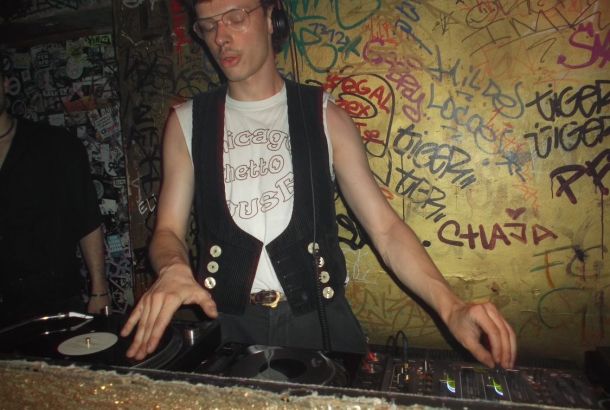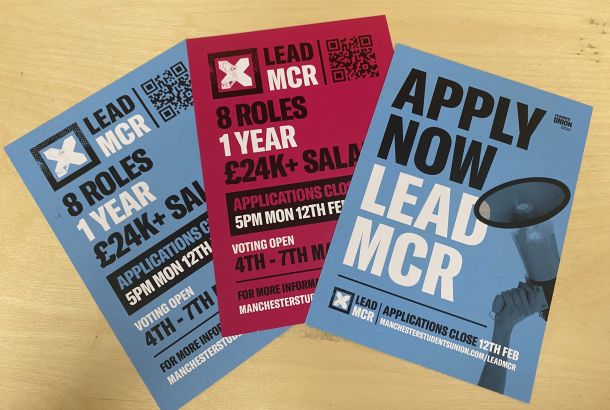“Wrestling isn’t real,” you say?
By Ben Farren
Wrestling, professional wrestling, sports entertainment; call it what you want. The product I watch and enjoy most weeks has gone through many forms and has had many rebirths. Throughout the years, physical performance driven by compelling storylines has kept millions of people interested in what, on the surface, looks silly or pointless. There are no stuntmen, there are no retakes; men and women put their bodies on the line in dangerous situations all for the reasons of storytelling, and loyalty to the fans and the brand. These people are artists, and they bring physicality like a sportsman, but with the heart and personality of any actor.
With all this mention of acting, it’s fair to ask: Is it real? To answer this, I forego my wrestling Magic Circle membership. The results of wrestling matches are predetermined and the wrestlers know it. Everyone “knows” it, bar children and other fans whose belief remains suspended. The matches are very roughly choreographed, with wrestlers being incredibly physically skilled, some being able to improvise lengthy matches. The extremely skilful wrestlers are able to “carry” others (make their matches look good even if there is a considerable skill mismatch) while others are more prone to “botches” (mistakes, which are either dangerous or just likely to ruin the illusion of “real” fighting).
Why bother watching then? Why bother watching a load of sweaty semi-clothed men and women dancing around a ring, leading us on? There is no competition and there is no suspense, apart from the fact the fans are being kept in the dark. Besides the semi-nudity, and perhaps even with, that could easily have been a description of Doctor Who, The Good Wife, or Game of Thrones.
It’s a bit cheap of me to try to explain it away so simply because WWE RAW, for example—the most popular wrestling show on TV now and for the last 14 years—is not like any of those programmes. Wrestling on TV includes far more danger than filming your average Wednesday night TV drama. Even though the matches are predetermined and may be roughly choreographed, it doesn’t mean that the ring is soft—when you fall from a height, you are falling onto solid wood. The reason there is a sound of impact is because there is an impact. When they go out of the ring, the padding on the floor is only so thick. When they go out into the crowd, the concrete is as real as any stadium you’ve stood in. A misplaced arm or an ill-timed “bump” (fall) can lead to serious injury, or even death, as has happened in the ring many times.
Long enough gone are the days where The Undertaker (surely you know him?) was throwing people from the top of a cage surrounding the ring. In 1998, the creepy death-themed wrestler threw Mick Foley (another name fans from old might recognise—Mankind) from a 20ft high cage, through a table, and onto the not-so-padded floor. To many, this moment epitomises the edgy, sometimes crazy attitudes of those who wish to perform for the sake of performance. When people say “wrestling isn’t real,” I sometimes wonder why they are thinking about the match results and not the match content. To say something isn’t real commits the sin of ignoring the beauty of the performance and the feeling it evokes.
That isn’t to say we watch wrestling only for an orgy of destruction and pain, although many people regard those memories as very fond—for nostalgia’s sake if nothing else. In wrestling, characters emerge by virtue of the wrestlers’ personalities and the creativity of the writing teams in their respective companies.
Over months, storylines build, just as in any entertainment. Bad guys (“heels”) and good guys (“faces”) have rivalries intended to stoke reactions from fans. Often “authority” figures (bosses or managers, for example) provide roadblocks to the good guys, causing frustration in them and in us, the fans. The bad guys insult the good guys, sometimes even attacking their families, injuring them, and doing anything they can do get “heat” (boos, jeers, hate) from the fans. Normally —eventually—the good guy overcomes the odds and wins. If the storyline is over, neat lines can be drawn under rivalry with a simple handshake. Real life backstage politics often overflows into the fiction of the ring, with endings changing based on contracts and real disputes.
Wrestling gives something to which fans can aspire. The characters, in a way, are incredibly real. They represent parts of us of which we are proud, and other parts of us to which we can relate deeply, though not necessarily with pride: Stone Cold Steve Austin giving the middle finger to the evil boss, Mr. McMahon, something many wish they could do to the authority figures in their lives. Conversely, Hulk Hogan, for all his recent troubles, was a symbol to children: “Say your prayers and eat your vitamins” stayed with young audiences for a long time.
The superhero characters, who rarely do wrong, are the epitome of this fighting spirit: they don’t give up, they rise above hate. Interestingly, many people find these characters the most frustrating, the Hulk Hogans, the John Cenas. They represent something not popular in the West right now. Superman at one point represented America, threatened by communism, war, and nukes.
Now, we are in the age of Batman. Morally ambiguous characters become far more relatable—perhaps it’s how much more we know about the morally ambiguous world out there. Through the end of the 1990s and the 2000s, punk rock, counter culture and strong anti-establishment sentiment came back. Wrestling used to be a driving force in culture, with characters like Stone Cold and Dwayne “The Rock” Johnson being at the forefront.
The vanguard of not just teen but popular culture included wrestling. Wrestling is an important chapter in cultural history. For whatever reason, something in young adults resonates with these characters. And we know it’s not real, but it doesn’t matter. There is something real in there, be it a moral reality, pure athletic prowess, or the exact same reason you cry reading well-written fiction.
Wrestling touches many people in a way other fictional cultures cannot, and many people would say there is something real about the saddest book they ever read, or the most euphoric high they get from “their guy” winning by overcoming the odds. If you work hard, and get a bit lucky on the way, you might touch, or even hold that big gold belt.
It’s still real to me, dammit.







